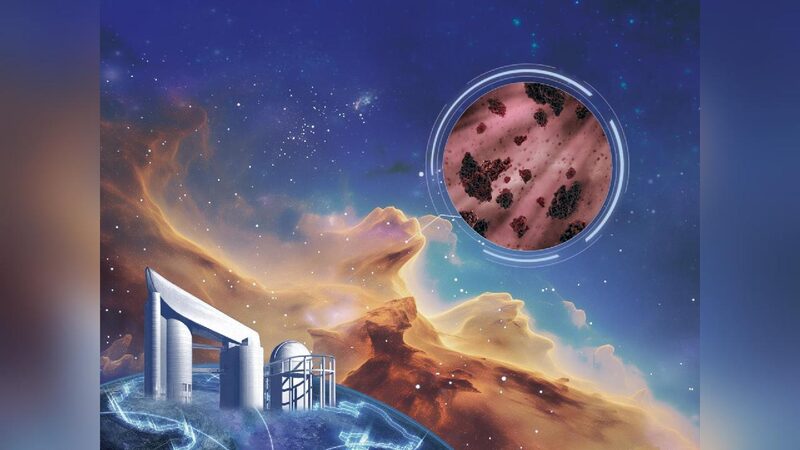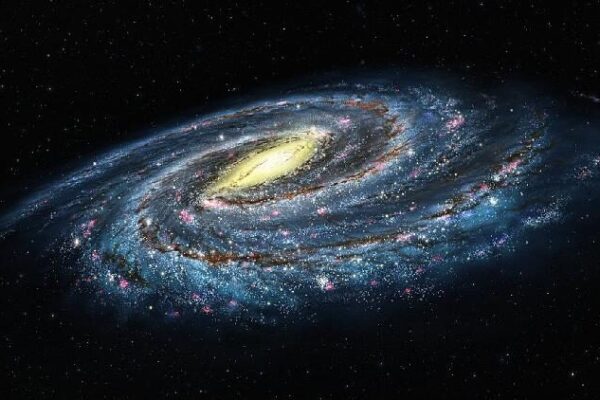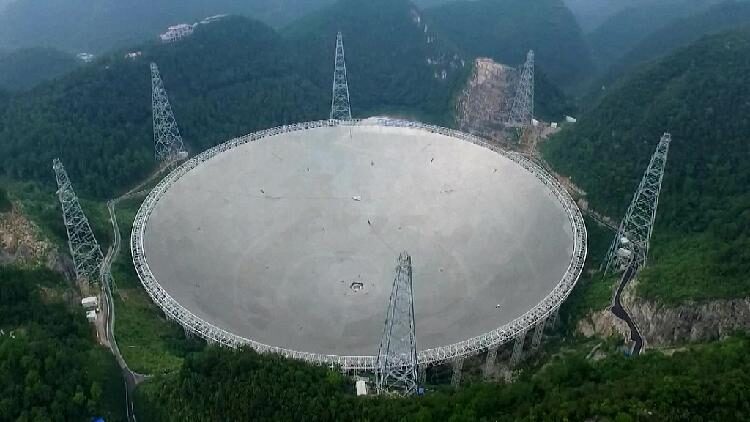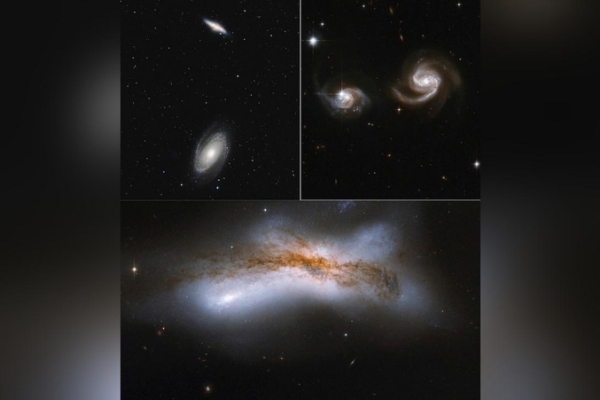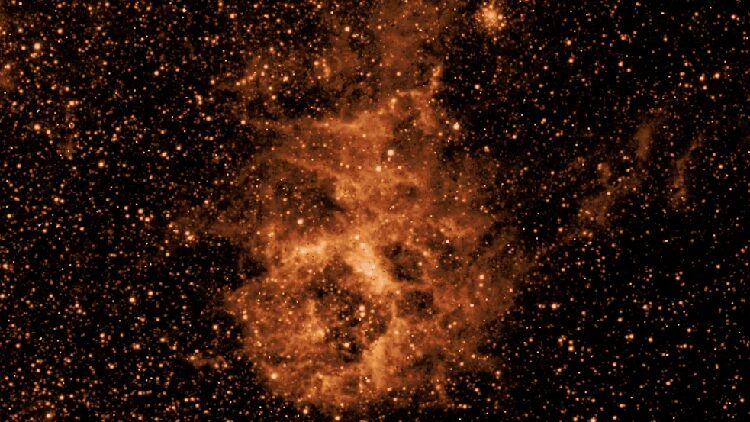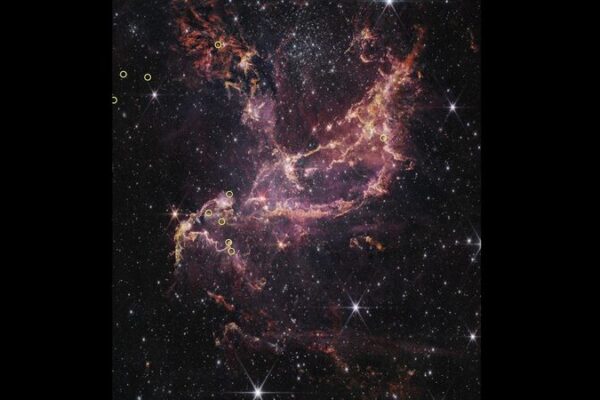Astronomers have created the first-ever 3D map of interstellar dust in the Milky Way, marking a significant milestone in our understanding of the galaxy’s structure and evolution. The groundbreaking research was led by Zhang Xiangyu, a Chinese doctoral student at Germany’s Max Planck Institute for Astronomy, alongside his advisor, Gregory Green. By combining data from China’s Large Sky Area Multi-Object Fiber Spectroscopic Telescope (LAMOST) and the European Space Agency’s Gaia space observatory, they unveiled detailed insights into the properties and distribution of dust between the stars. “This 3D map allows us to see the Milky Way in a new light,” said Zhang. “Understanding interstellar dust is crucial because it affects how we observe and interpret light from distant stars and galaxies.” The interstellar medium—the matter and radiation existing between stars—is essential for star formation and the cosmic cycle of materials. Most elements heavier than hydrogen and helium in this medium are found as tiny dust particles. These particles absorb and scatter starlight, causing a phenomenon known as “extinction,” which makes stars appear dimmer and redder. Correcting for extinction is vital for accurate astronomical observations. By integrating precise stellar data from LAMOST with observations from Gaia, the team compiled a comprehensive catalog of interstellar dust absorption and scattering affecting over 130 million stars. This vast dataset allowed them to construct a 3D map showing how dust is spread across the Milky Way up to distances of 16,000 light-years. The new map provides critical support for future astronomical research, including studies on astrochemistry and the evolution of our galaxy. It also aids in refining models of stellar behavior and the interstellar environment. The findings were published as the cover story in the latest issue of the journal Science, highlighting the international collaboration in advancing our cosmic knowledge.
Reference(s):
cgtn.com
